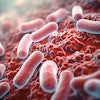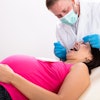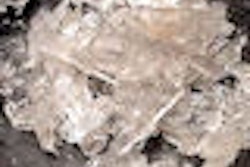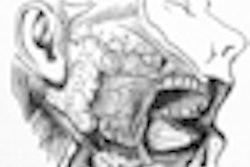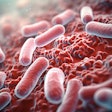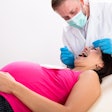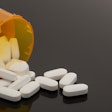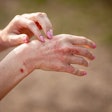The U.S. Food and Drug Administration (FDA) has approved GINTUIT, the first cell-based product made from allogeneic human cells (from a donor unrelated to the patient) and bovine collagen, to treat oral mucogingival conditions in adults.
GINTUIT, manufactured by Canton, MA-based Organogenesis, is used as part of a surgical procedure to treat mucogingival conditions. The treatment regimen is a single application over a surgically created vascular wound bed in the mouth, according to the FDA.
Mucogingival defects are soft-tissue defects involving both the attached gingiva and other oral tissue at the juncture with the gingiva. Conditions may be caused by anatomic, traumatic, or infection-related factors. These conditions are generally associated with a loss of sufficient amounts of attached gingival tissue to cause soft-tissue inflammation that is not resolved by oral hygiene procedures alone.
GINTUIT is a cellular sheet that contains allogeneic human cells and bovine collagen for topical application in the mouth. GINTUIT consists of two layers, the FDA said. The upper layer is formed by human keratinocytes (the primary cell type in the skin's outer layer), and the lower layer is constructed of bovine-derived collagen, human extracellular matrix proteins, and human dermal fibroblasts (skin cells that generate connective tissue).
While the specific way GINTUIT increases keratinized tissue has not been identified, studies have demonstrated that GINTUIT secretes human growth factors and other proteins that are known to be involved in wound repair and regeneration.
The efficacy of GINTUIT was evaluated in two clinical studies in adults with insufficient gingival tissue. In each of the two studies, GINTUIT was associated with an increase of at least 2 millimeters of gingival tissue in at least 50% of study subjects.
The most common adverse reactions were sinusitis, nasopharyngitis, respiratory tract infection, aphthous stomatitis, and local surgery site reactions, such as pain and redness.
